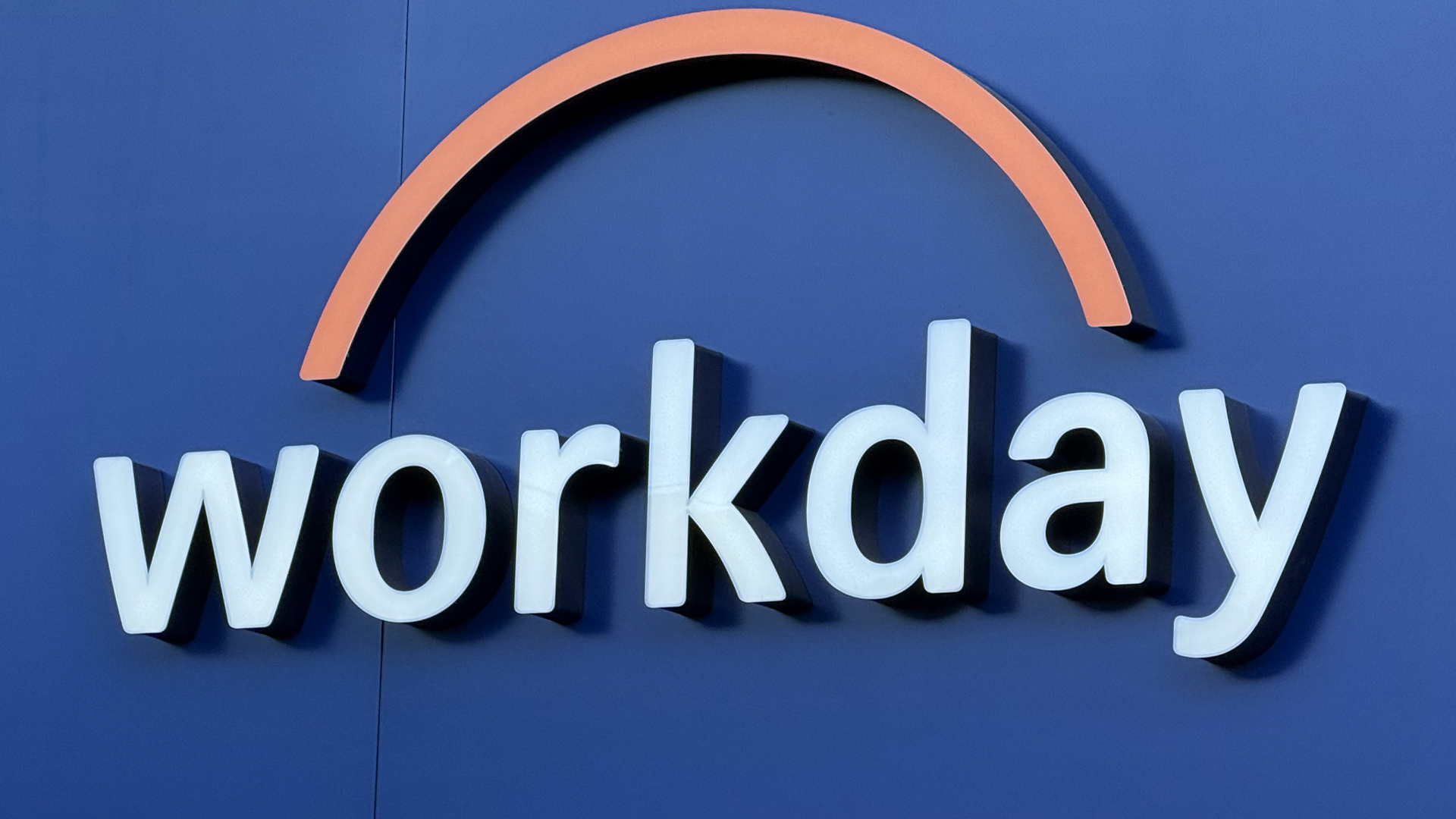How can CIOs help to close the tech skills gap?
The most well-equipped IT leaders can take a number of practical steps to close the divide within their organisations


There's a shortfall in the number of qualified tech workers available, just as high demand is putting many IT leaders in a tight spot. For years, organisations have had to struggle to get the right talent, at the right time, at the right price. In the UK, this has been made harder by the after-effects of the COVID-19 pandemic and Brexit restricting the flow of skilled people.
For tech organisations and their chief information officers (CIOs), the need to address the skills gap has never been more necessary, or difficult. According to research from Udacity, 52% of UK enterprises are experiencing difficulties hiring employees with the right experience and the right technical skills. The research also found 55% of UK employees expect their employers to invest in their future by providing skills training. Alarmingly, 80% of enterprises consider their skills programmes to be success, versus 39% of employees, demonstrating a disconnect.
CIOs, like many within organisations across the UK, are striving to find ways to plug the skills gaps, and must use every weapon in their arsenal to do so.
What does the skills gap look like to CIOs?
There's always been some sort of skills gap in IT for the best part of a few decades and perhaps even longer. Rhona Carmichael, regional managing director, Scotland, UK North & Ireland, of technology recruiter Harvey Nash, says this appears to be widening. She says a majority of IT leaders are unable to keep pace with change because of a lack of expertise.
“This isn’t just an issue of immediate skills available; it’s much deeper,” she says. “In Scotland, for example, there’s been a 22% drop in the number of Computing Science teachers from 2008 to 2022, which doesn’t bode well for the digital skills gap in the future. According to ScotlandIS, one of the technology sector’s industry bodies, there’s an annual requirement for an additional 13,000 digital professionals, but universities and apprenticeships are only producing about 5,000 new recruits a year."
Many organisations are noticing a shortage of skilled IT professionals and, according to Mark Mamone, group CIO at digital identity company GBG, this is true even for generalists. He adds it becomes particularly acute when it comes to some specific skills like DevOps, data science and cloud engineering.
“There are high levels of demand for these, which in some cases is exceeding supply in a saturated market and this is driving high salaries and has the potential to reduce the quality of recruitment,” he says. Mamone adds this isn't the only headache facing CIOs. “There's also the issue of higher levels of staff churn, increasing remuneration demands and, unsurprisingly, individual job seekers are being far choosier when looking for tech roles. All this means that finding and retaining talent is hugely challenging.”
Sign up today and you will receive a free copy of our Future Focus 2025 report - the leading guidance on AI, cybersecurity and other IT challenges as per 700+ senior executives
Christoph Heidler, CIO EMEA at Zscaler, says the last two years have influenced the need for greater agility and flexibility for organisations, with the pandemic functioning as a catalyst. “A lot of organisations have had to search for employees who can manage the shift to the cloud to gain agility and scale,” he says. “The hardware and chip crisis has forced businesses to think about software-based solutions. This, as well as the introduction of automation, based on new artificial intelligence (AI) and machine learning technologies, has heated the skills gap. The bottleneck for many CIOs is to implement these technologies, due to lack of expertise in the area.”
How can CIOs close the skills gap?
For Carl Austin, CTO at global technology and engineering consultancy BJSS, in the short term, CIOs need to focus on optimising recruitment. They need to really care about the candidate and employee experience, and make sure they’re supporting and aligning their values with those they're looking to attract. “In the long term, investing in growing and nurturing your own talent is vitally important," he says.
Helena Nimmo, CIO at Endava, says fellow CIOs can help by focusing on office culture. By creating a strong team culture which has a clear purpose right from the beginning, CIOs will attract more prospective recruits. “By mixing experience levels, personalities and expertise, we can create a well-rounded and interesting team that more talented people want to join," she says. "Building a team and a culture which attracts the best talent is the best way to beat any skills gaps."
RELATED RESOURCE

The CIO imperative: Leading in the digital future
Reimagine how to differentiate with technology
Nimmo adds that by recognising the skills gap and evaluating existing internal skills, CIOs can take another step to improving the situation. “Getting external consultants on board can help fill this immediate need, followed by internal training," she suggests. "The focus shouldn’t just be to hire from the market, but also to develop internal skills. The move to the cloud frees up resources which can get skilled-up on advanced technologies."
For all the talk about finding ways to attract fresh blood, Netcall’s CIO Richard Farrell, meanwhile, says that retaining existing employees is key. “According to a McKinsey report, new hires are two to three times more likely to leave an organisation. Not to mention that reskilling is often cheaper than hiring," he warns. "Research also shows that reskilling can pay for itself as much as six times over and saves recruitment and onboarding costs as well as the higher risk of turnover that comes with new hires."
How long should CIOs wait before their plans bear fruit?
Nimmo says that filling the skills gap will take longer than 12-18 months. “The change that is needed is structural, starting from how we approach the topic with our children. Not many ten-year-old kids cite IT as their dream job, it tends to be a choice that comes later on in life,” she says.
Carmichael adds, in her opinion, there won’t be a great improvement in the UK with regards to the skills gap, despite the best efforts of CIOs up and down the country. “Even if the economy contracts, one of the most protected job markets will be tech. Demand far outstrips supply in the UK and I think it will be a while before our current efforts to fill the talent pipeline have any real impact."
Until the government of the day seeks to resolve the wider structural issues that appear to be widening, CIOs must look inward for ways to change processes and policies. Imbuing their team with an attractive and positive culture can go a long way, as can focusing on implementing reskilling and talent retention schemes.
Rene Millman is a freelance writer and broadcaster who covers cybersecurity, AI, IoT, and the cloud. He also works as a contributing analyst at GigaOm and has previously worked as an analyst for Gartner covering the infrastructure market. He has made numerous television appearances to give his views and expertise on technology trends and companies that affect and shape our lives. You can follow Rene Millman on Twitter.
-
 What businesses need to know about data sovereignty
What businesses need to know about data sovereigntyWithout a firm strategy for data sovereignty, businesses put their data and reputations at risk
-
 Anthropic says MCP will stay 'open, neutral, and community-driven' after donating project to Linux Foundation
Anthropic says MCP will stay 'open, neutral, and community-driven' after donating project to Linux FoundationNews The AIFF aims to standardize agentic AI development and create an open ecosystem for developers
-
 Enterprises are cutting back on entry-level roles for AI – and it's going to create a nightmarish future skills shortage
Enterprises are cutting back on entry-level roles for AI – and it's going to create a nightmarish future skills shortageNews AI is eating into graduate jobs, and that brings problems for the internal talent pipeline
-
 AI resume screening, recruiter chatbots, and ‘ghost jobs’ are causing havoc for struggling entry-level workers
AI resume screening, recruiter chatbots, and ‘ghost jobs’ are causing havoc for struggling entry-level workersNews A new report shows employers are cutting back on entry-level hiring, but expect things to improve eventually
-
 Workday snaps up AI-powered conversation recruitment platform, Paradox
Workday snaps up AI-powered conversation recruitment platform, ParadoxNews Workday will integrate Paradox’s AI-driven candidate experience agent to help deliver talent faster
-
 The Channel Recruiter and Nebula debut new global talent resourcing solution
The Channel Recruiter and Nebula debut new global talent resourcing solutionNews Tech Talent on Tap aims to provide channel firms with on-demand access to elite technical professionals from around the world
-
 Tech talent shortages mean firms are scrapping traditional recruitment strategies
Tech talent shortages mean firms are scrapping traditional recruitment strategiesNews With more than half of enterprise leaders worried about future skills shortages, many organizations are turning to a range of new techniques to expand potential talent pools.
-
 Employees are dead set on flexible working arrangements – three quarters would turn down a role that didn't offer hybrid options as work-life balance becomes more important than pay
Employees are dead set on flexible working arrangements – three quarters would turn down a role that didn't offer hybrid options as work-life balance becomes more important than payNews New research shows workers are increasingly demanding flexible working arrangements from employers.
-
 Half of jobseekers turned down offers last year amid growing demands on employers
Half of jobseekers turned down offers last year amid growing demands on employersNews An increasingly competitive talent landscape means employers are being forced to offer a wider range of incentives
-
 UK tech workers change jobs en masse as job security withers
UK tech workers change jobs en masse as job security withersNews Economic uncertainty, redundancies, and the desire for greater job stability are forcing workers to look elsewhere
